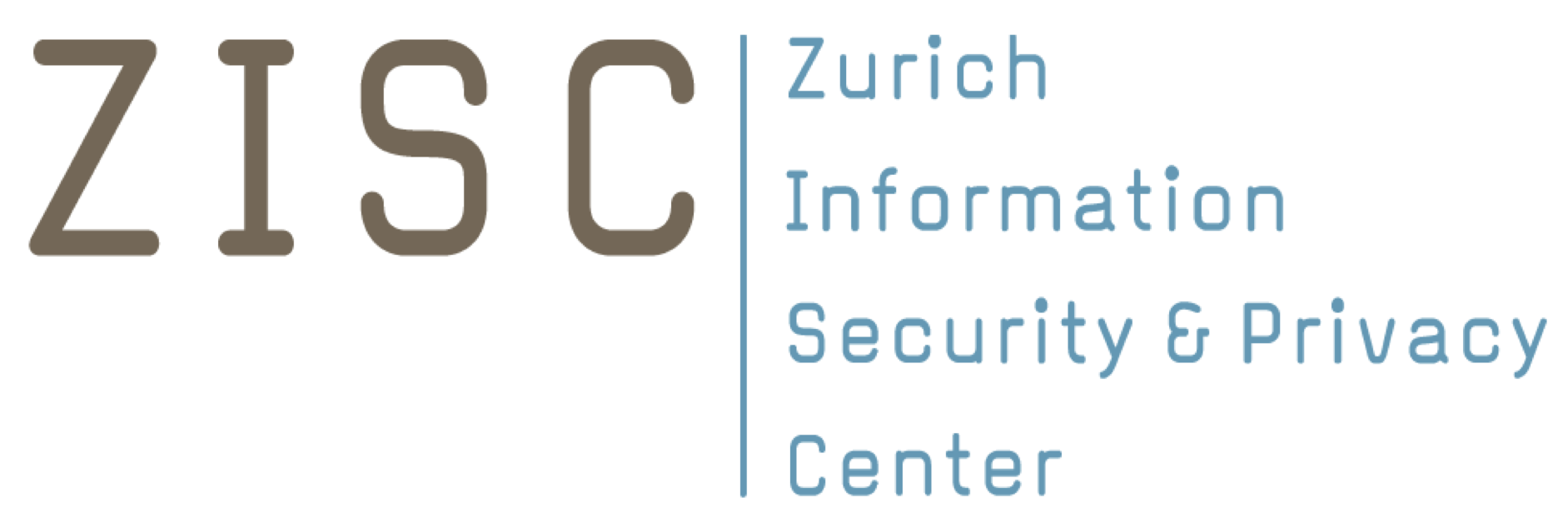Automatic Visual Document Parsing

Status
This project started in 2017 and has been successfully completed in 2024.
Researchers
Ce Zhang (ETH)
Gero Gunkel (Zurich)
Johannes Rausch (ETH)
Industry partner
Zurich Insurance
Description
Automatic information retrieval methods are powerful tools to build structured knowledge bases from large datasets of real-world documents in science, industry and the public sector. The system we are building automatically produces an intermediate representation for a diverse range of documents that can be used by such information retrieval methods. It takes as input PDF documents or document images and translates them into JSON files containing the natural semantic hierarchy representing a document. These JSON files can be queried using a document database, and be used as a uniform document representation by downstream information extraction engines.
A major obstacle in using information retrieval methods on documents in PDF format is the lack of machine-readable structure information, e.g. document sections, tabular contents, lists, etc. Due to this challenge, ad-hoc code typically has to be written to correctly extract document contents for differently formatted documents. This approach often fails to generalize over varying document formats and code has to be re-written to cope with even minor format changes.
Instead of manually extracting contents from PDF raw data, we leverage the visual document representation for more robust content retrieval, similar to how a human reader would process the information. A convolutional neural network that operates on the rendered PDF documents is applied in our system. The network is trained for the task of page entity detection, e.g. the prediction of the locations of figures, tables and contained table cells and captions. We pretrain the neural network in a weakly-supervised fashion on a large dataset of annotated documents that was automatically created from publicly available scientific articles. This weak supervision strategy greatly reduces need for manual annotation and allows for efficient adaptation of our system to new document types. In a subsequent step, structural relationships between detected page entities are automatically identified in order to produce the full hierarchical structure for document pages.
